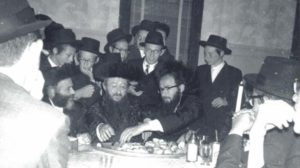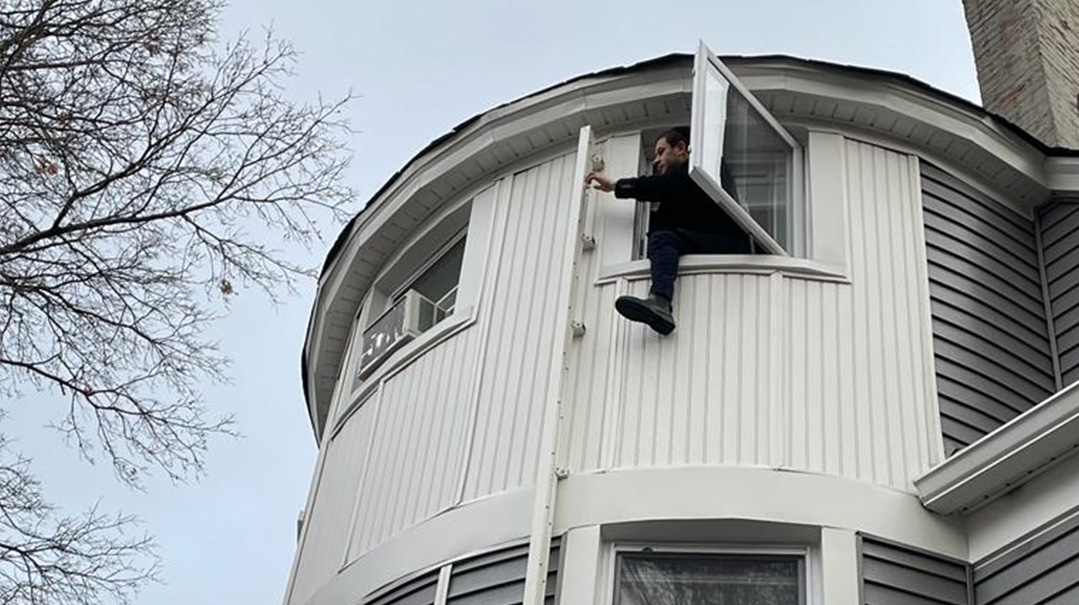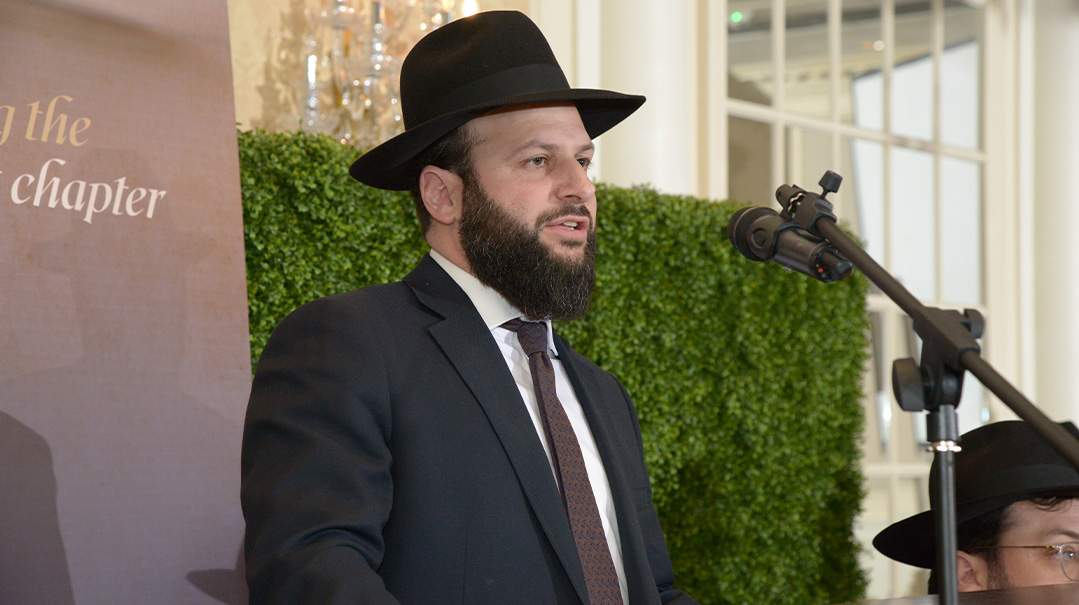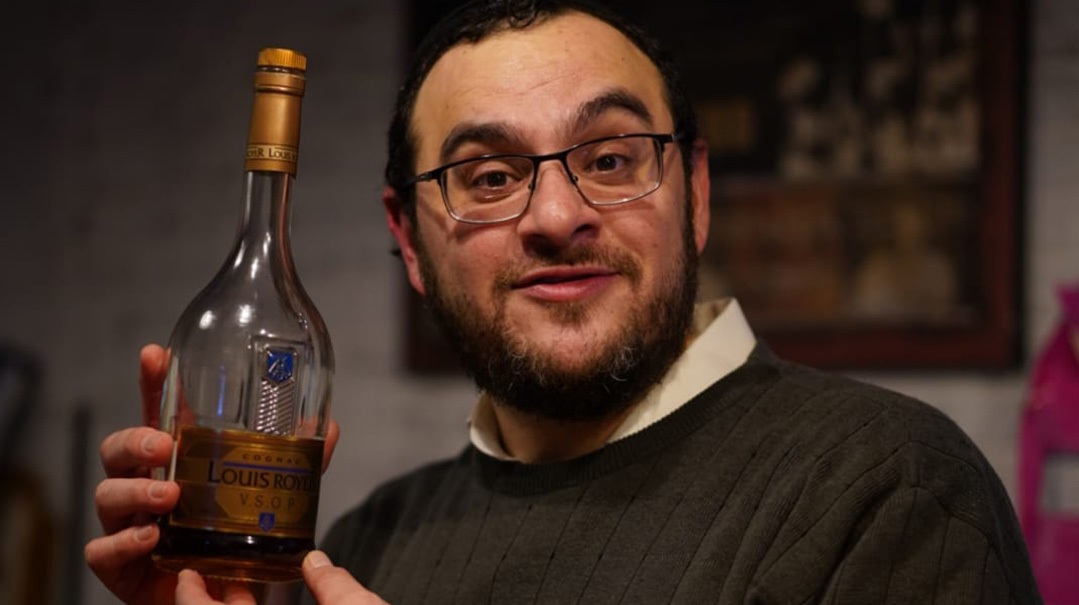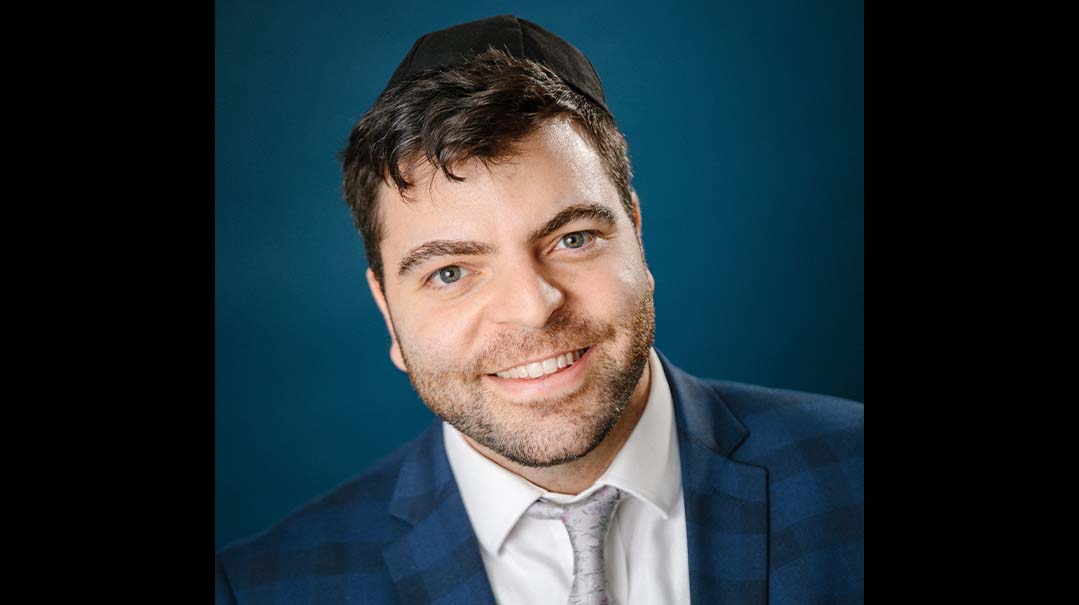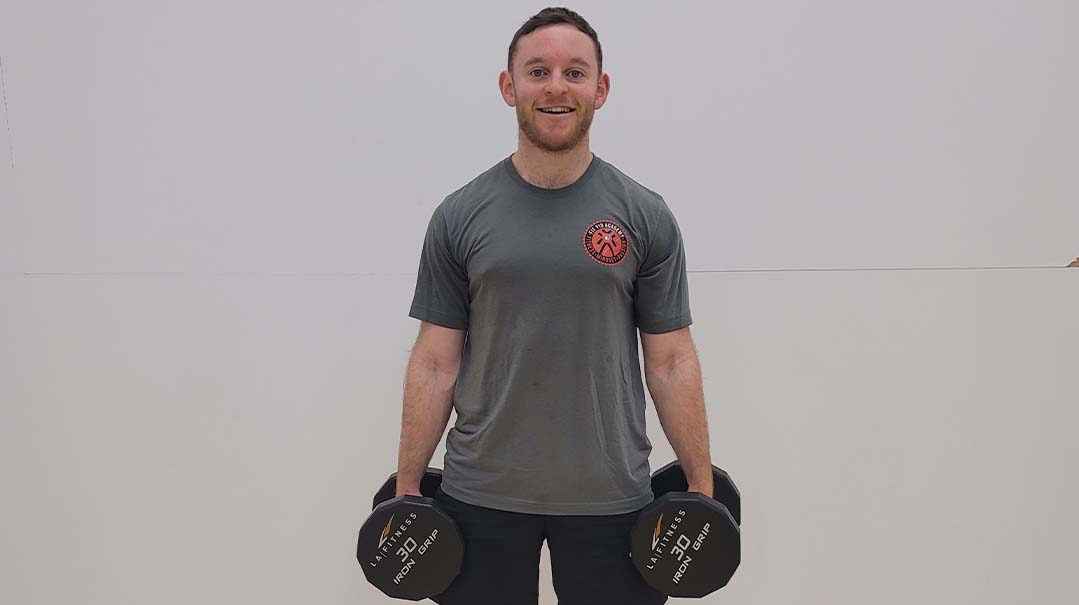10 Questions for… Rabbi Zecharia Avezov

R
abbi Zecharia Avezov is the man behind Bou Cheshbon, a daily planner that helps keep cheshbon hanefesh. He is located in Brooklyn, New York.
- How does Bou Cheshbon work?
I like to say that Bou Cheshbon is essentially a way for people to connect with themselves. Practically speaking, it’s a set of two books broken up into every day of the Jewish year. Each page contains a checkbox for the basic things a Jewish man should be doing throughout the day — the three tefillot and whether he davened with a minyan, tefillin, and Torah study. There’s also a box for kovesh yitzro, whether at least once that day the person stopped himself from doing something, and some blank boxes where he can fill in something he chose to work on on his own.
- Why is it necessary?
The baalei mussar say a person has to do cheshbon hanefesh so he can get a proper picture of himself — where he’s standing, what his strong points are, where he can use improvement — and to determine if he’s heading in the right direction or not. The problem is we simply don’t know where to start. We’re too overwhelmed to think about everything that went on that day and to pinpoint certain parts, and thus we give up altogether. Bou Cheshbon gives people that basic starting point.
- How did you get the idea?
It’s sort of a case of mitzvah goreres mitzvah: I had a couple of not-so-observant young guys over for Shabbat for the Shabbos Project three years ago, and I woke them up for davening in the morning. The rest of Shabbos and even after they were talking with such enthusiasm about how this was the first Shacharis they davened with a minyan in quite some time. I remember thinking how I wished there was a way for them to remember this, to record it somewhere, so they could look back and get re-inspired. At the time, I saw someone with an advanced cheshbon hanefesh book — it was so advanced, even guys in my kollel found it difficult. I couldn’t find anything for people who are starting out, and after discussing it with my rosh yeshivah, Rav Chaim Benoliel of Mikdash Melech, we decided this was a void that needed to be filled.
- What was your first step?
We came up with a layout designed to enable people on both ends of the spectrum to gain from it — Rav Benoliel helped with that a lot. We decided to split it into two books, one from Rosh Chodesh Nissan until the end of Elul, the other from Tishrei through Adar. This way people can come to the Yamim Noraim with something to show already. Rav Benoliel also helped with the name — he suggested it based on the pasuk, “Al kein yomru hamoshlim bo’u cheshbon,” which the Gemara interprets as doing a cheshbon of the world, so to speak, a cheshbon hanefesh.
- Any challenges you didn’t expect along the way?
Well, it didn’t go too well that first year financially. I got a little messed over with the pricing last minute, I was quoted a price and then charged almost double a week before it came to print, and since I hadn’t raised adequate funding, I put it on my credit card. To balance that, I set the cost of the books too high, but people didn’t want to pay that price. That lack of funding also resulted in a lack of advertising, which obviously didn’t help. Many people had access to the books from people who sponsored them, and I ended up just giving the rest out for free, simply to enable people to use Bou Cheshbon and to know about it. And the response I received was tremendous! It really gave me the chizuk to continue, so the next year I shopped around in advance and got a much lower quote, enabling me to lower the price.
- Who uses Bou Cheshbon?
Who doesn’t? I designed it to cater to full-practicing Jews, as well as those who have recently been zocheh to taste the sweetness of Yiddishkeit. Virtually anyone who wants to get in touch with himself and take his relationship with HaKadosh Baruch Hu to the next level can do so. There’s one person I gave the books to that first year, despite knowing he wasn’t shomer anything at that point, by telling him, “Listen, I’m learning in kollel, I’m trying to make this big. Just take this one for free and use it for a week — you’ll give me your opinion, and throw it out if you’re unhappy.” Three months later I gave him a call, and he said, “Since my bar mitzvah, I put on tefillin maybe a handful of times. Since you gave me these books, I missed only twice.”
- What makes this simple method so successful?
I think it’s the fact that it forces a person to sit down and actually write, with pen and paper, and there’s a tangible record of growth. The user feels accomplished and encouraged simultaneously — he sees how much time he spent learning, how much tzedakah he gave, how his tefillos were, which is a great feeling, and at the same time, it gives him the ability to see that if he can do that, he can do so much more.
- What changes have you made over the years?
Baruch Hashem this is my third edition, and with each year I’ve added things. For example, I added blank boxes and lines in response to those who asked me to customize it more without becoming too overwhelming. This year, I also put in zemanim for Krias Shema and tefillah in the back — right now, it only has the earliest opinion and only in New York City, but that’s because I made that addition literally the day it was supposed to go in for print. I’m now working on one for women; it will be pretty similar to the men’s edition, but with some things that are applicable to women specifically.
- What kind of feedback have you gotten?
I’ve had several people tell me that now that they have to document it — and bear in mind, they’re the only ones who actually read it, it’s supposed to be personal — they’re more makpid on davening with a minyan. One guy told me he even changed from his pajamas and got in his car to go to Landau’s, just because he remembered he hadn’t davened yet and was no longer content davening b’yechidus.
- How has it affected you personally?
People know I’m the one who put out these books, so I don’t want to be a hypocrite. That itself is a boost to be mechazek myself to be more in tune with my actions. From time to time, whenever I crack a joke or something, some guys in my kollel tease me, “Are you going to put that in the Bou Cheshbon?”
(Originally featured in Mishpacha, Issue 722)
Oops! We could not locate your form.

